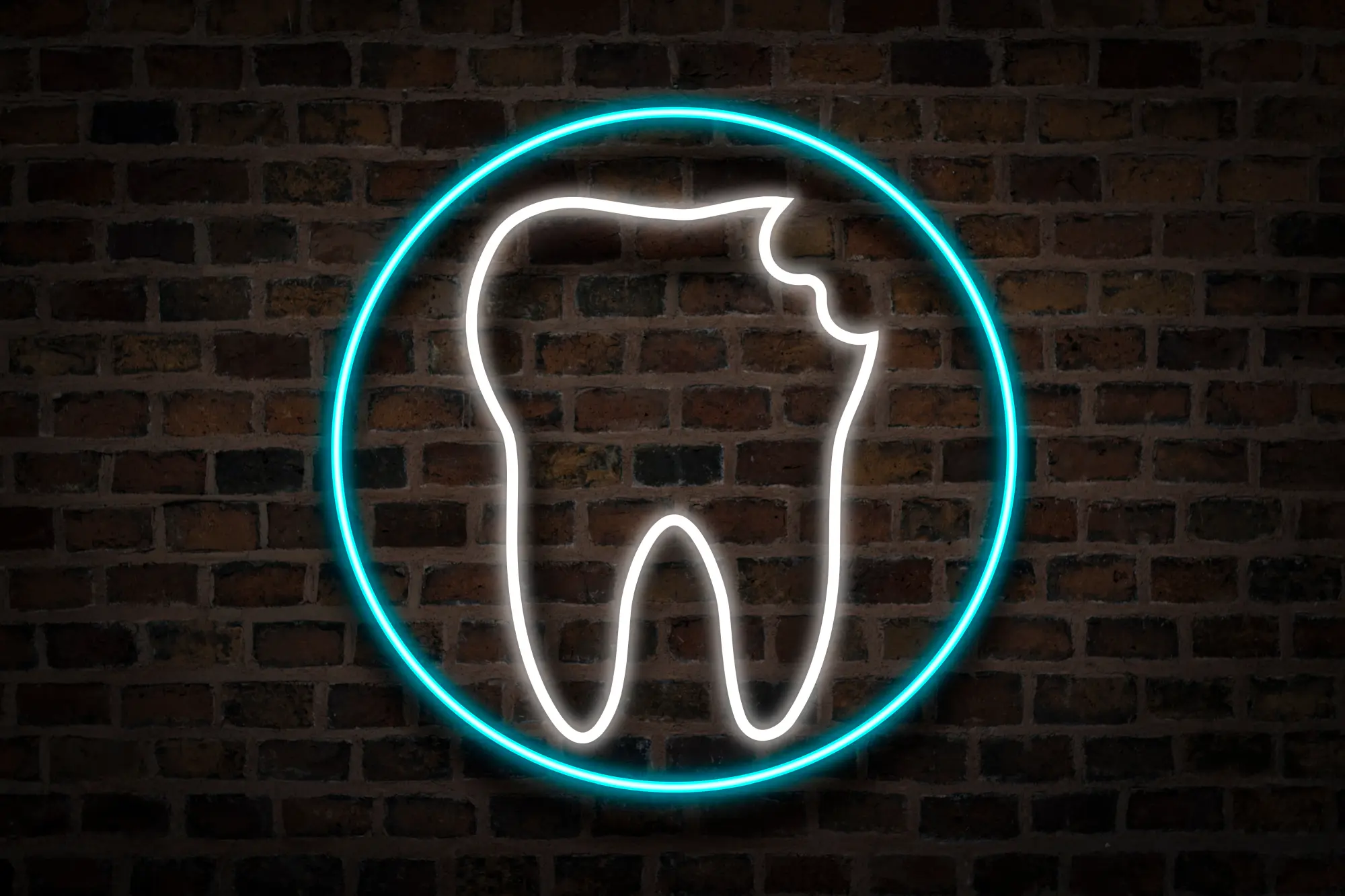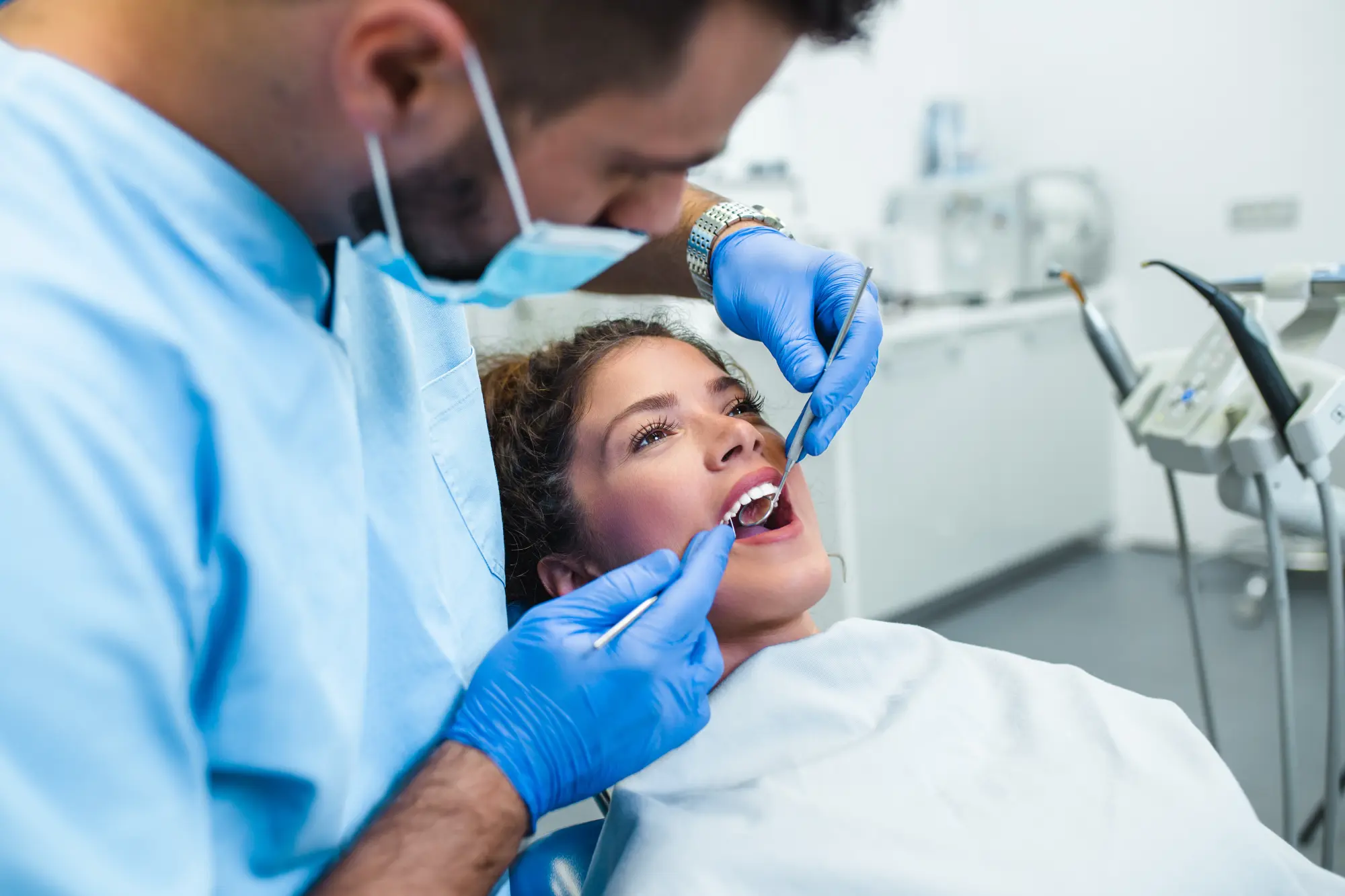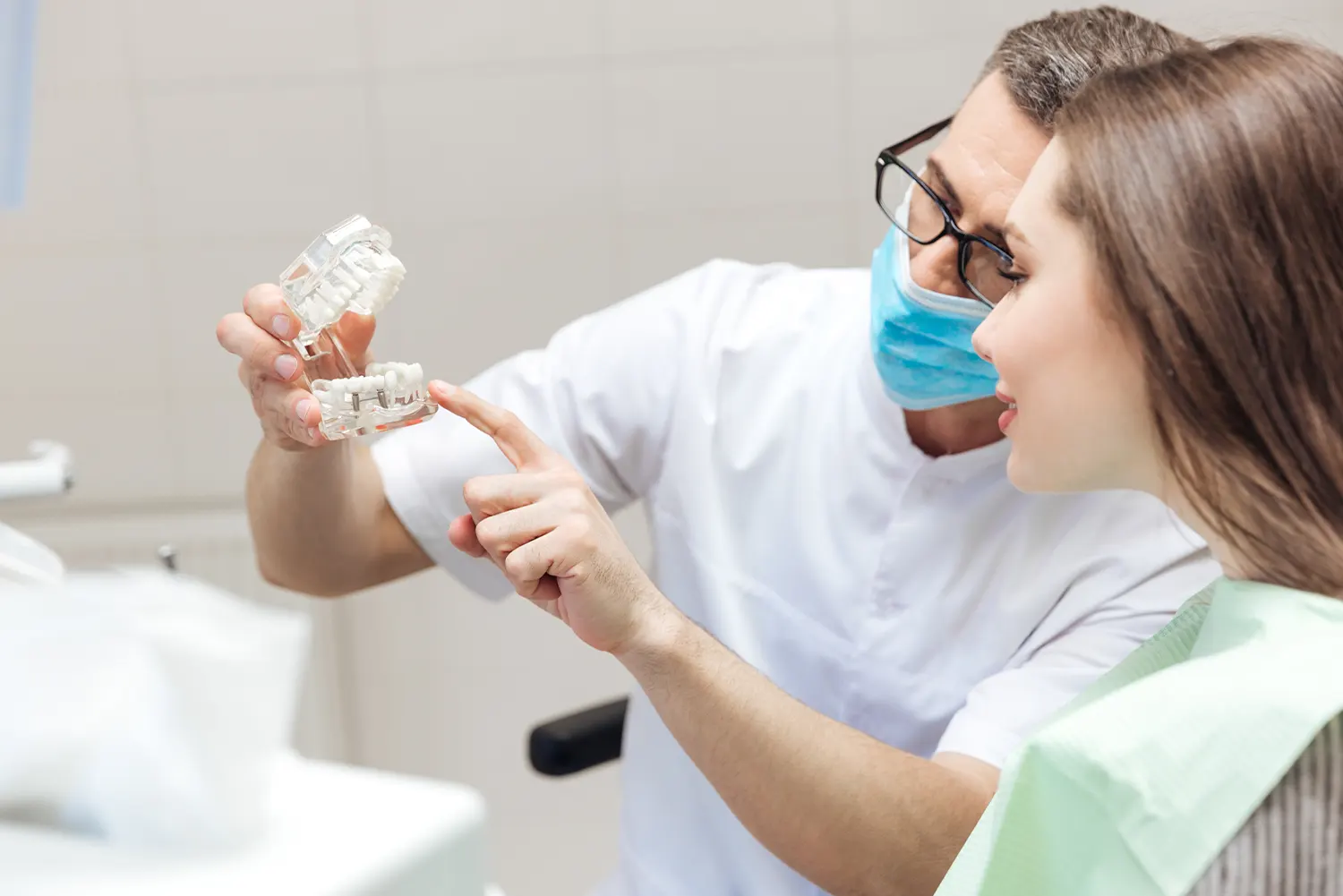What to Do If Your Temporary Crown Falls Out
February 19, 2024

Having a temporary dental crown suddenly dislodge or fall out can certainly cause surprise and confusion. While not a dire emergency, a missing temporary crown still requires attentive care to keep the prepared tooth safely covered. By understanding why temporary crowning failures occur and following recommended handling steps, patients can confidently address this issue until their permanent restoration is ready for placement.
The Purpose of Temporary Crowns
After a severely damaged or decayed tooth undergoes preparatory reduction for eventual crowning, the exposed inner structures remain vulnerable in the interim. The dentist protects the newly shaped tooth by securing a plastic or acrylic temporary crown with temporary cement until the customized permanent crown returns from the dental lab. However, temporary crowns are prone to loosening or dislodgement due to their less retentive cement and design.
Common Causes of Dislodgement
While temporarily crowned, patients are advised to avoid sticky, hard or crunchy foods that could easily grab and pull free the temporary crown. However, simple daily functions like chatting or yawning can also independently dislodge a temporary crown if the seal of cement was already compromised. Dental temporary cement also naturally weakens over time before the final crown placement appointment.
Immediate Steps if Debonded
Should the temporary crown unexpectedly pop off, carefully remove it from the mouth to avoid choking or swallowing it. Rinse the tooth area gently with warm salt water to flush away any lingering cement or debris. This also helps soothe gum irritation following debonding. If undamaged, keep the crown in case re-cementation is possible. Moving forward, apply salt water rinses after meals, but seek professional guidance before attempting to re-adhere a temporary crown yourself.
When to Visit Your Dentist
Contact your Baton Rouge dentist promptly about the debonded temporary for specific advice tailored to your situation. They will indicate the safest course for protecting the underlying tooth before permanent restoration. Typically, this involves scheduling a near-term appointment for recementation, replacement with a new temporary crown, or accelerating final crown placement if already complete from the lab. Leaving the prepared tooth’s inner layer exposed long term poses risks of fractures, renewed decay and temperature sensitivity if not swiftly recapped.
Prevention Tips
Practicing conscientious oral care helps safeguard temporary crowns against premature loosening while they fulfill their important role. Steer clear of foods with hard consistencies or chewy textures that might grab and torque temporary crowns free until your permanent is set. Employ gentle motions when brushing nearby areas too. Most importantly, avoid temptingly picking at temporary edges with fingers or chewing objects out of habit. Contact sports may warrant a protective mouthguard as well.
Secure Your Confident Smile
If that worrying moment arrives when a temporary crown unexpectedly pops off or willfully dislodges, stay calm! Simply reach out to our office as soon as convenient so we can promptly tend to your interim tooth coverage needs before permanent restoration. Please contact Dr. Gardner Wade at Cosmetic and Family Dentistry in Baton Rouge, LA for attentive care at (225) 766-6100. Let our exceptional service place your mind at ease while restoring your smile.



























